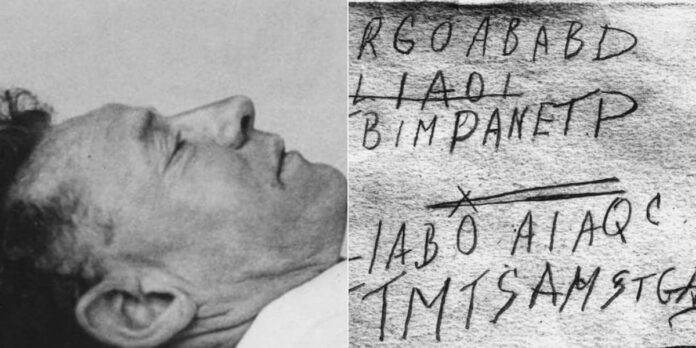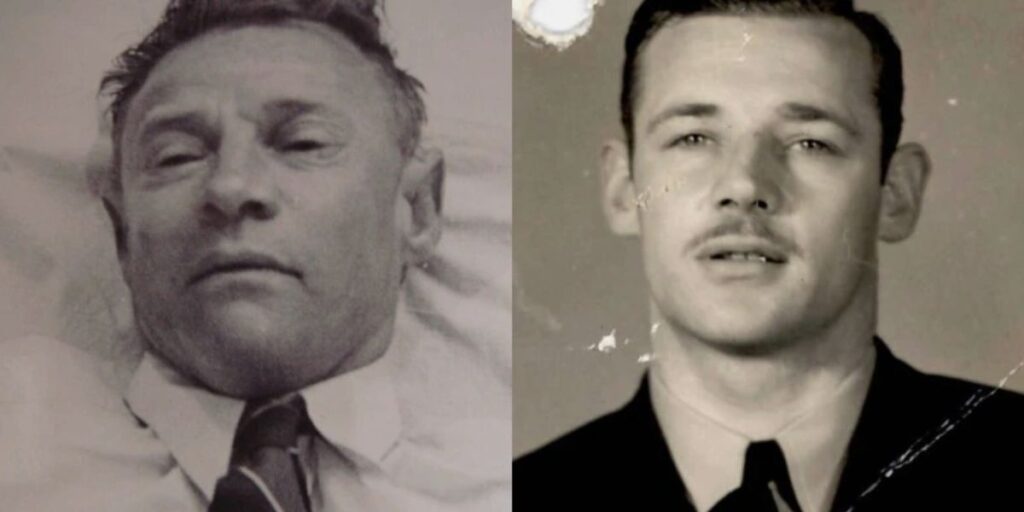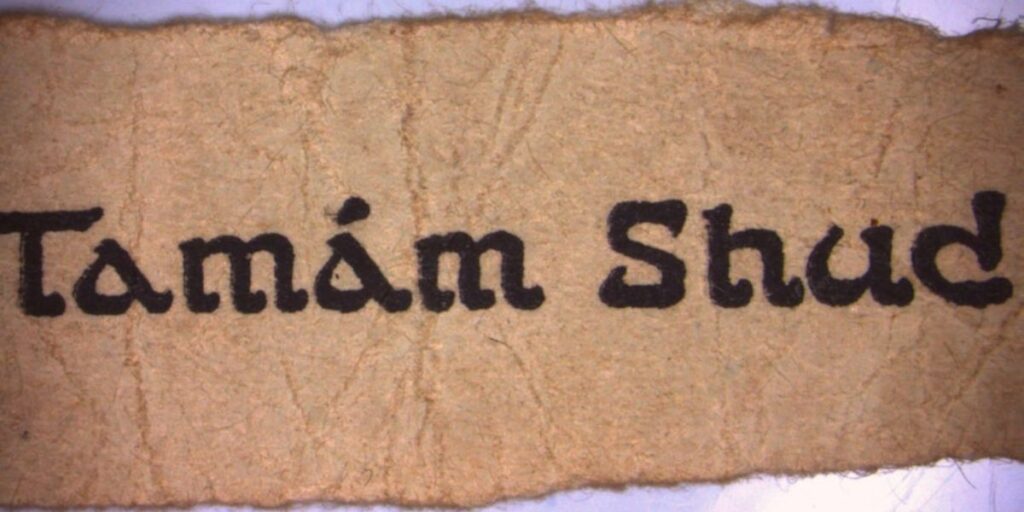In the annals of mysteries, few captivate the imagination quite like the Tamam Shud case. This enigmatic puzzle, also known as the Mystery of the Somerton Man, intrigues and baffles experts and enthusiasts alike. Rooted in the shadows of post-World War II Australia, the case is a haunting blend of clandestine intrigue, cryptic codes, and an unidentified corpse—elements that have fueled speculation and spawned numerous theories over the decades.
The Discovery
The story begins on December 1, 1948, when a man’s lifeless body was found propped against a seawall on Somerton Beach near Adelaide. He was well-dressed, with no signs of violence, yet all identifying labels had been meticulously removed from his clothing. Despite a thorough investigation, authorities could not determine the man’s identity or the circumstances leading to his demise.
The Enigmatic Clues
The mysterious clues surrounding the unidentified man set the Tamam Shud case apart. In the man’s pocket was a scrap of paper torn from a book with the Persian phrase “Tamam Shud” (meaning “ended” or “finished”) printed on it—a chilling finality that deepened the mystery. This phrase was traced back to a rare edition of the “Rubaiyat of Omar Khayyam,” suggesting a potential cipher or hidden message.
The book itself was eventually located, with strange code-like markings in the margins. Theories abound that the book contained a secret code, yet despite extensive efforts by cryptographers, the true meaning of these markings has never been deciphered. Was it a spy’s code, a lover’s secret message, or merely an elaborate red herring?
The Investigation
As investigators delved deeper, the puzzle only grew more perplexing. The man’s dental records yielded no matches, and fingerprints led nowhere. Witnesses came forward with conflicting stories—a mysterious unidentified man seen near the beach, a sighting of a man resembling the deceased in the days before his discovery—but none provided a breakthrough.
Adding to the intrigue, an autopsy revealed an enlarged spleen and liver, suggesting possible poisoning, yet no toxins were detected. The cause of death remained officially undetermined, further shrouding the case in uncertainty.
Theories and Speculation
Over the years, numerous theories have emerged to explain the Tamam Shud case. Some speculate that the man was a Cold War spy, possibly poisoned due to sensitive intelligence. Others suggest a romantic intrigue gone awry, with the “Tamam Shud” note indicating a tragic end to a clandestine affair. The book’s code continues to fuel speculation, with hypotheses ranging from espionage to a simple love letter.
One intriguing theory proposes that the man was a ballet dancer named Robert Walsh, linking him to an elaborate espionage plot involving Soviet agents—an idea bolstered by the political tensions of the era. Despite such compelling narratives, hard evidence remains elusive, allowing the mystery to endure.
Legacy and Impact
The Tamam Shud case has left an indelible mark on popular culture, inspiring novels, documentaries, and endless debate. The allure of a mystery, compounded by its cryptic elements, continues to draw amateur sleuths and professional investigators alike. Each discovery or clue reignites public interest, keeping the case alive in the collective consciousness.
Moreover, advances in forensic science periodically renew hope for a breakthrough. Recent attempts to extract DNA from the Somerton Man’s remains may yet provide answers, offering the tantalizing possibility of finally identifying this elusive figure and unraveling the secrets that have eluded investigators for over seven decades.
Conclusion:
The Tamam Shud case remains a haunting enigma—a testament to the enduring allure of mysteries. As long as questions linger and clues persist, the story of the Somerton Man will continue to captivate and intrigue. Reminding us of the boundless depths of human curiosity and the mysteries that defy explanation. Until the day the shadows of the past yield their secrets, the Tamam Shud case will remain a poignant reminder of the unresolved riddles that haunt the corridors of history.




